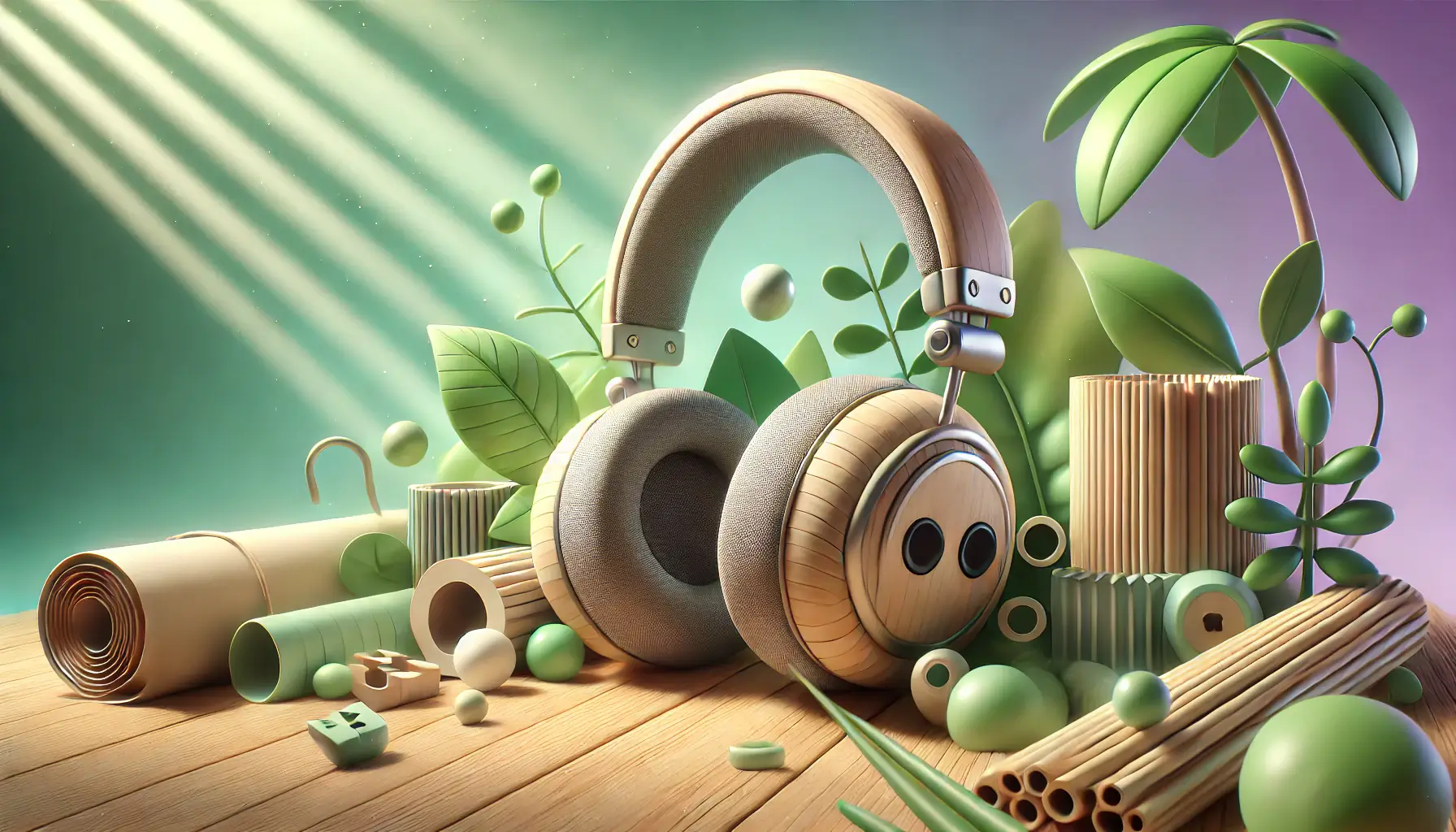Sustainability is becoming a major consideration when choosing everyday products, including headphones. With numerous options available, it’s important to identify what makes a pair of headphones sustainable beyond aesthetics.
From materials to repairability, every aspect contributes to reducing environmental impact. Ethical production and energy efficiency are equally crucial in creating eco-conscious products.
Let’s explore the factors that define sustainable headphones and make smarter, planet-friendly decisions.
Key Takeaways
- Durable headphones reduce waste and provide long-term functionality.
- Repairable designs with spare parts extend product life and cut e-waste.
- Energy-efficient features conserve resources and lower energy consumption.
- Ethical production practices support fair labor and eco-conscious manufacturing.
Durability Over Trends
Choosing headphones built to last is one of the simplest ways to promote sustainability. Trendy designs might seem appealing but often lack the longevity required to withstand regular use.
Prioritizing durability ensures fewer replacements and reduces waste.
- Look for high-quality materials and sturdy construction.
- Choose models with replaceable parts like ear cushions and cables.
- Brands offering extended warranties or repair services demonstrate commitment to longevity.
Investing in durable headphones saves money over time and minimizes the environmental cost of frequent replacements. Focusing on quality over fleeting trends contributes to a more sustainable lifestyle.
Eco-Friendly Materials

The materials used in headphones play a significant role in their sustainability. Opting for products made from recycled or biodegradable components can greatly reduce their environmental impact.
- Recycled plastics and responsibly sourced metals are popular eco-friendly options.
- Natural materials like bamboo or vegan leather offer functional and sustainable alternatives.
- Brands recognizing ethical efforts often promote sustainable employee awards to encourage green innovation.
Supporting eco-conscious brands helps drive demand for ethical practices, contributing to a larger movement toward responsible manufacturing.
Did you know?
Headphones with replaceable parts can last up to 5 times longer than non-repairable models.
Repairability and Spare Parts
Sustainable headphones are those designed to be repaired instead of discarded. Models with easily replaceable components ensure that a minor issue doesn’t lead to complete replacement.
- Prioritize headphones with detachable cables and replaceable ear cushions.
- Look for brands that offer spare parts and repair guides for users.
- Repairable designs significantly reduce e-waste and enhance the longevity of your device.
By choosing repair-friendly options, you actively support a reduction in electronic waste while enjoying extended use of your headphones.
Energy-Efficient Features
Sustainability also extends to how headphones consume energy. Many modern headphones are incorporating energy-efficient features to minimize their carbon footprint.
- Longer battery life reduces the need for frequent charging.
- Smart technologies, like auto-off functions, optimize power usage.
- Low-energy Bluetooth models offer excellent performance with reduced energy demands.
Choosing headphones with energy-saving capabilities benefits the environment and enhances user convenience. Small actions, like selecting energy-efficient devices, make a significant impact when practiced collectively.
Did you know?
Energy-efficient headphones can save up to 20% on battery consumption compared to traditional models.
Ethical Production Practices
Sustainable headphones should reflect ethical practices in their production processes. Companies committed to sustainability prioritize fair treatment of workers and environmentally conscious manufacturing.
- Brands adhering to safe working conditions ensure humane labor practices.
- Certifications like Fair Trade or partnerships with ethical organizations demonstrate transparency.
- Some companies use renewable energy sources or implement waste reduction strategies in their factories.
Choosing products from ethical brands supports responsible industries and aligns your purchases with meaningful values.
Conclusion
Sustainable headphones offer more than just great sound. By focusing on durability, eco-friendly materials, repairability, and ethical production, you can reduce your environmental impact while enjoying quality performance.
Thoughtful choices encourage brands to prioritize sustainability and create a positive ripple effect. Together, small actions lead to meaningful change—make your next purchase count.
FAQs
1) What are the most sustainable headphone materials?
Eco-friendly materials include recycled plastics, bamboo, vegan leather, and responsibly sourced metals.
2) How can I extend the life of my headphones?
Regular cleaning, using replaceable parts, and choosing repairable designs help extend the lifespan of headphones.
3) Are wireless headphones less sustainable?
Wireless headphones with energy-efficient features and long battery life can be sustainable if designed with eco-friendly materials and repairability in mind.
4) What certifications indicate ethical production?
Certifications like Fair Trade and partnerships with eco-conscious organizations ensure ethical labor practices and sustainability.



